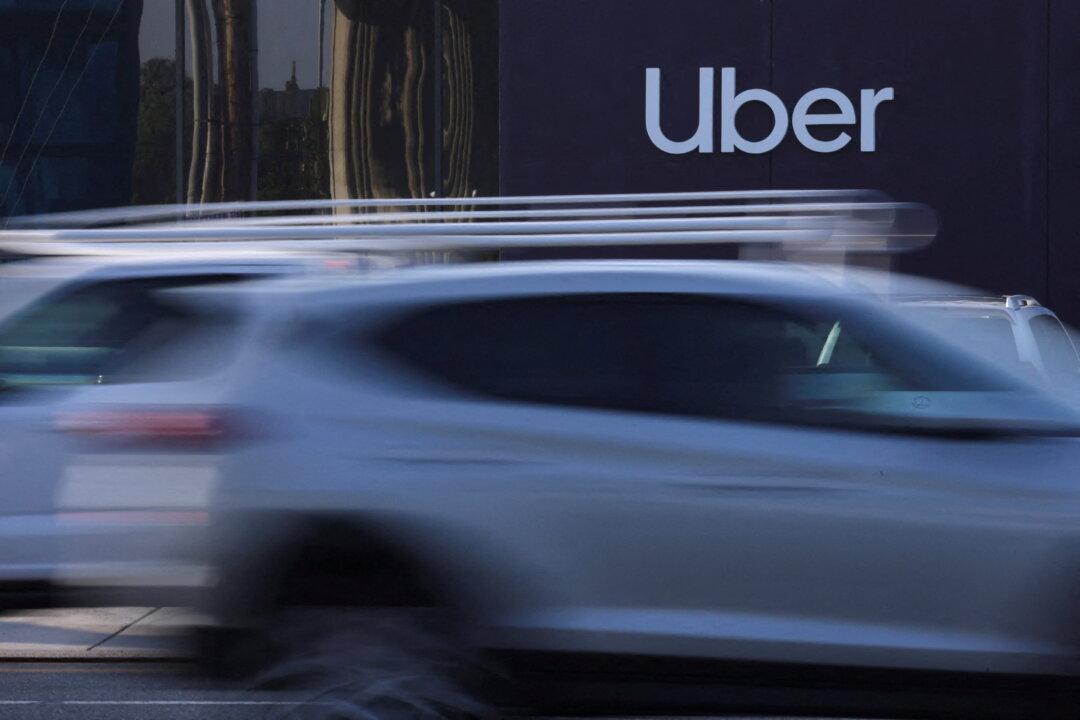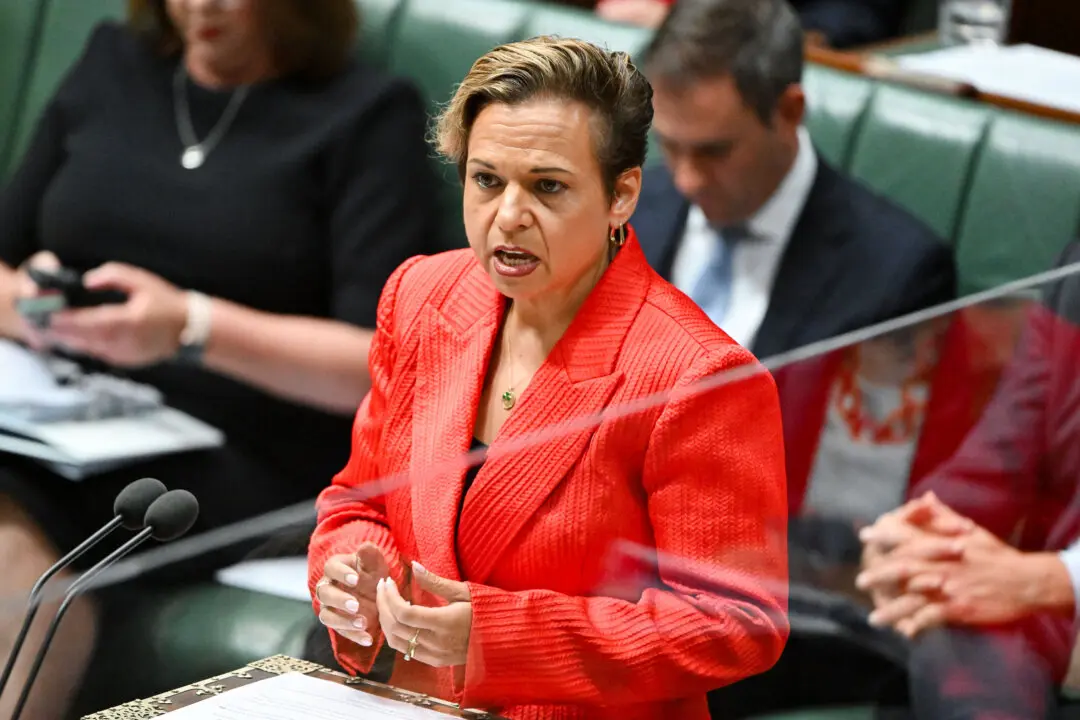Another 500 electric vehicles (EVs) will be offered to Australian ride-share drivers as part of a $20 million (US$13 million) government investment in cutting emissions from the growing industry.
The Clean Energy Finance Corporation’s latest cash injection in Splend, which rents electric vehicles to ride-share drivers, will double its financial support for the company.





